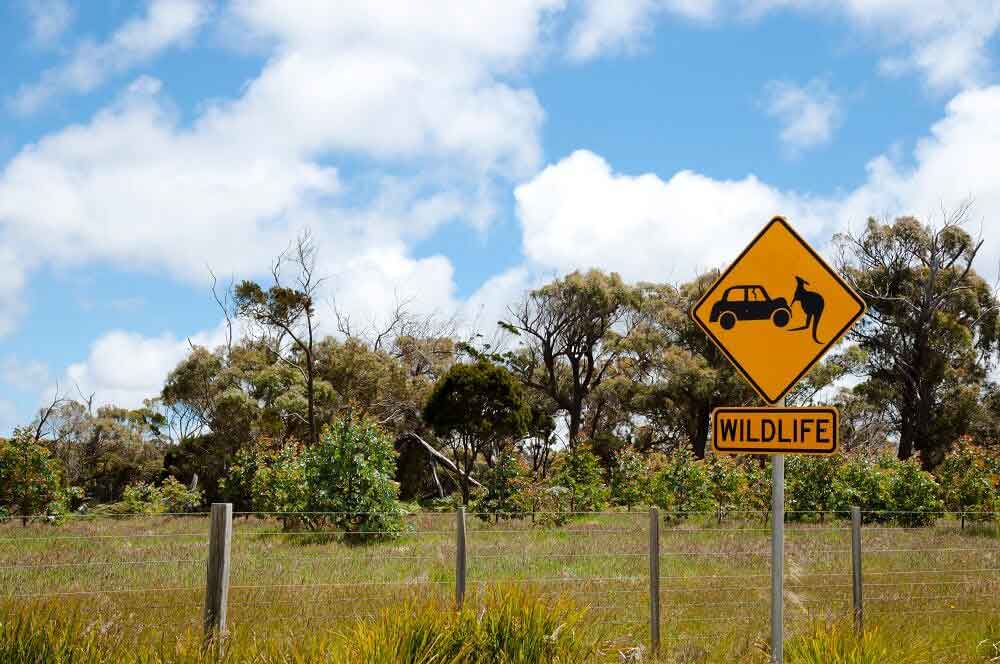Cooler weather triggers animal collision warning to drivers
Media
As temperatures start to drop across Queensland, RACQ is reminding drivers to be on the lookout for animals seeking food and warmth close to roads.

Media Release News Grabs
Club spokesperson Kate Leonard-Jones said insurance data revealed RACQ had received 11,748 motor claims for collisions with animals over the past three years.
“We tend to see these claims spike during the winter months. Last year around 31% of motor claims involving animals happened during June, July, and August,” Ms Leonard-Jones said.
“The majority of these crashes have been in populated areas across south east Queensland, including Greater Brisbane, the Sunshine Coast, the south west and central Queensland.
“Colliding with an animal can cause significant damage to your vehicle and not only harm or kill the animal, but potentially put you and your passengers at risk.
“It’s important to be cautious on regional roads where wildlife might be trying to cross or forage on the roadside.”
Ms Leonard-Jones said motorists should be extra cautious when travelling on roads where wildlife could be present.
“If you’re driving at dawn or dusk, you’re more likely to see wildlife because this is when they’re coming in to feed on the side of the road where the grass is often greener,” she said.
“If you can’t avoid driving at these times, watch your speed, drive to the conditions, use high beam where appropriate, and stay vigilant for any wildlife which might move onto the road.
“Never swerve to avoid hitting an animal. It can put you at greater risk of causing a collision with another vehicle or roadside obstacle. If it’s safe, try to brake or pull over, and call for help if your car is damaged.”
Club spokesperson Kate Leonard-Jones said insurance data revealed RACQ had received 11,748 motor claims for collisions with animals over the past three years.
“We tend to see these claims spike during the winter months. Last year around 31% of motor claims involving animals happened during June, July, and August,” Ms Leonard-Jones said.
“The majority of these crashes have been in populated areas across south east Queensland, including Greater Brisbane, the Sunshine Coast, the south west and central Queensland.
“Colliding with an animal can cause significant damage to your vehicle and not only harm or kill the animal, but potentially put you and your passengers at risk.
“It’s important to be cautious on regional roads where wildlife might be trying to cross or forage on the roadside.”
Ms Leonard-Jones said motorists should be extra cautious when travelling on roads where wildlife could be present.
“If you’re driving at dawn or dusk, you’re more likely to see wildlife because this is when they’re coming in to feed on the side of the road where the grass is often greener,” she said.
“If you can’t avoid driving at these times, watch your speed, drive to the conditions, use high beam where appropriate, and stay vigilant for any wildlife which might move onto the road.
“Never swerve to avoid hitting an animal. It can put you at greater risk of causing a collision with another vehicle or roadside obstacle. If it’s safe, try to brake or pull over, and call for help if your car is damaged.”
Related topics
Things to note
The information in this article has been prepared for general information purposes only and is not intended as legal advice or specific advice to any particular person. Any advice contained in the document is general advice, not intended as legal advice or professional advice and does not take into account any person’s particular circumstances. Before acting on anything based on this advice you should consider its appropriateness to you, having regard to your objectives and needs.